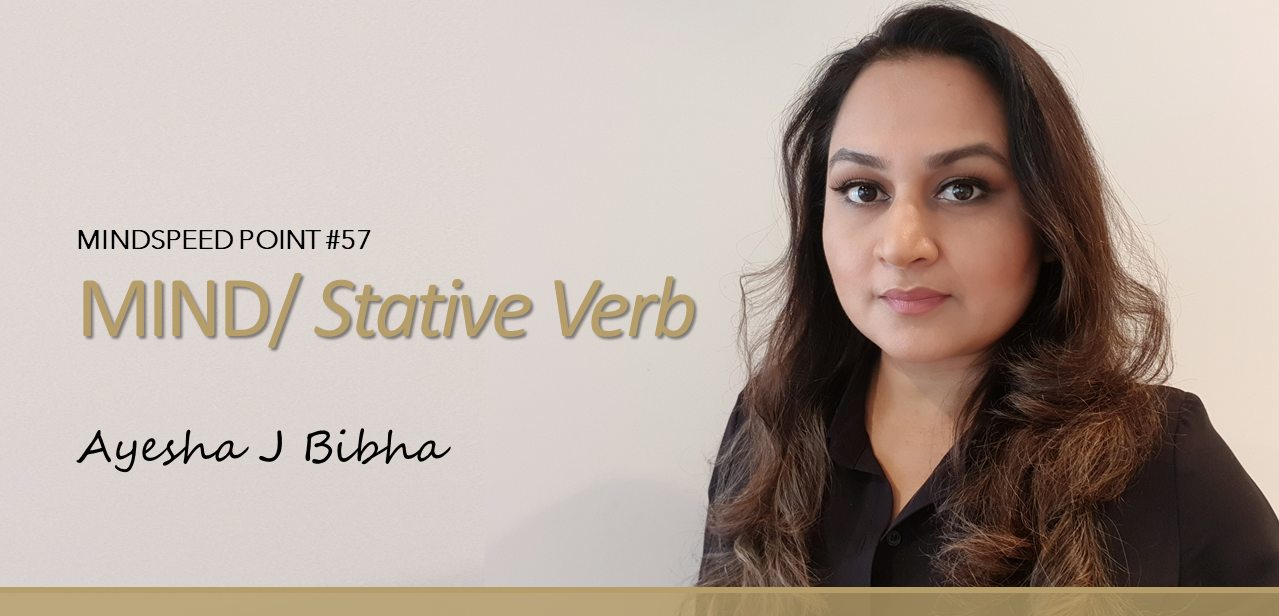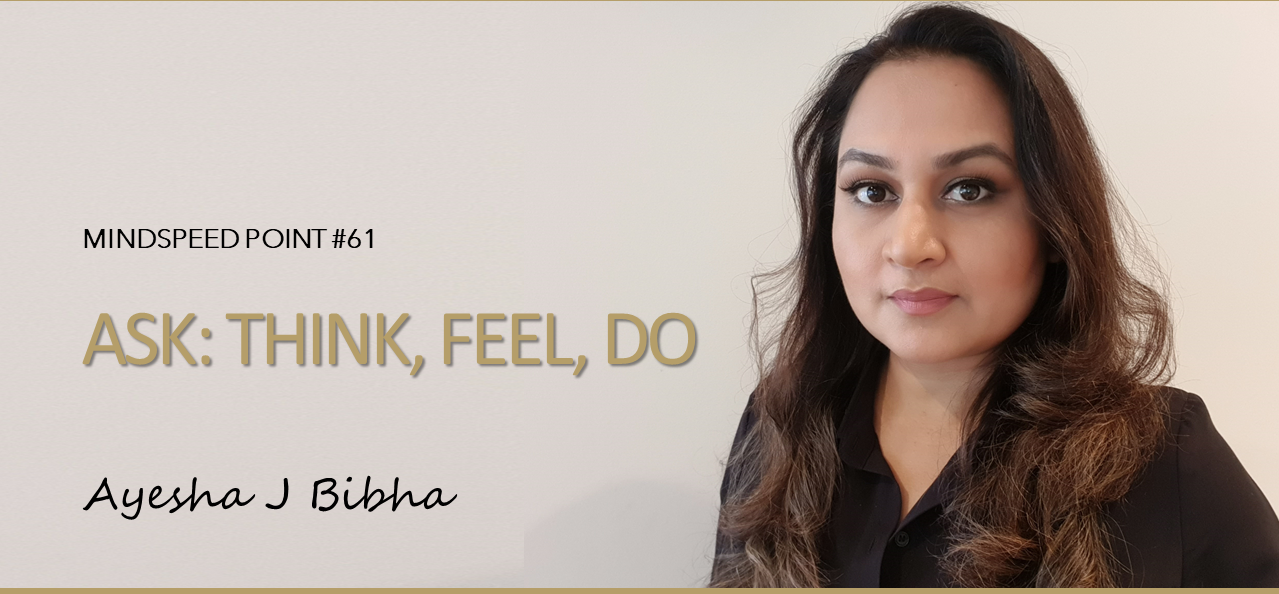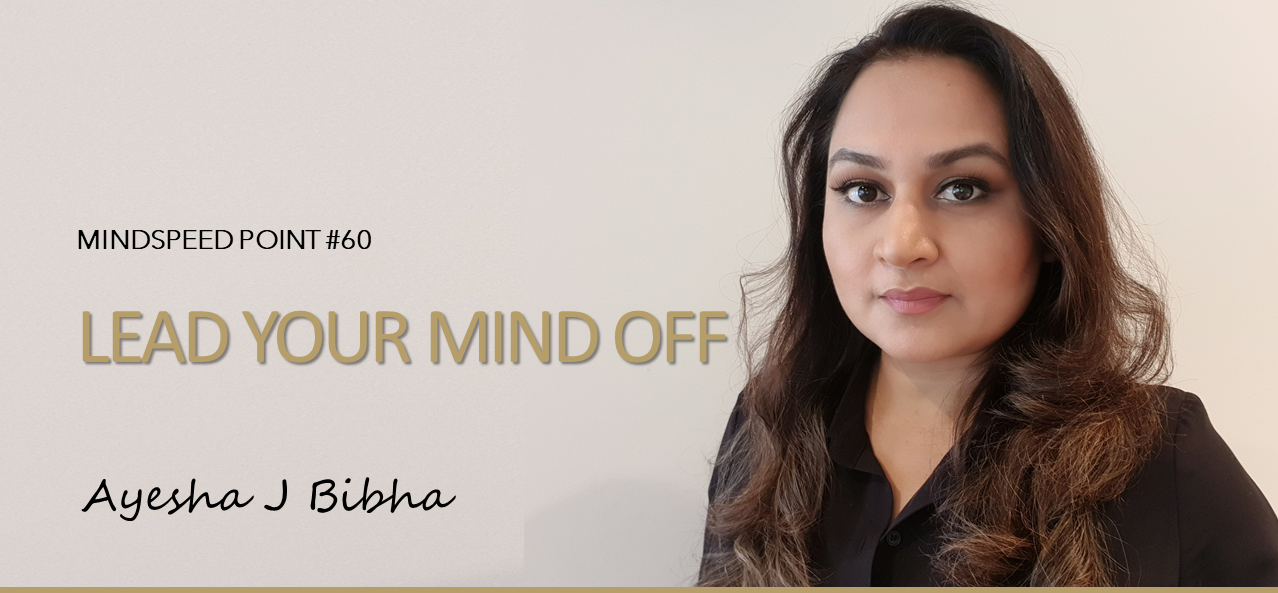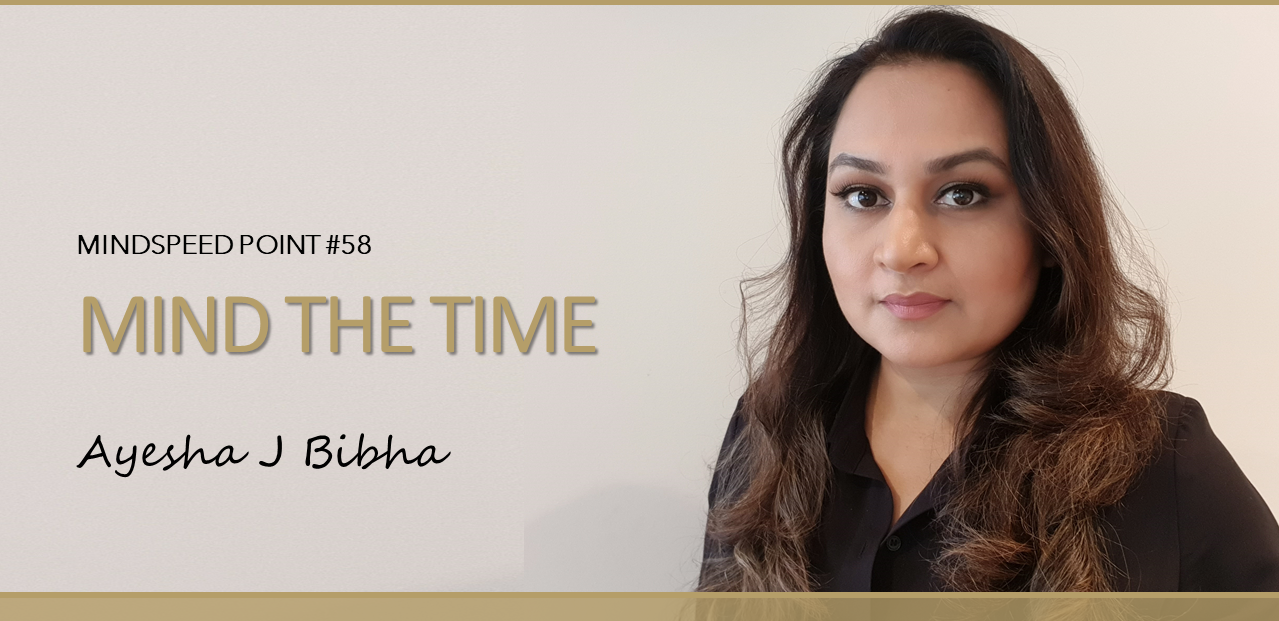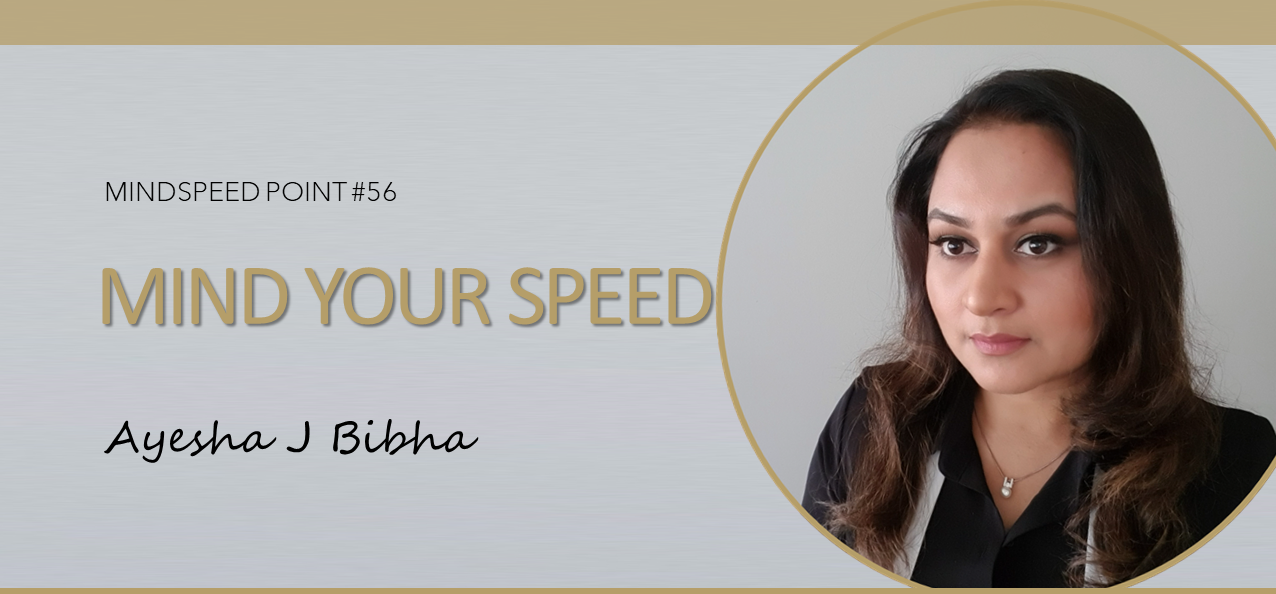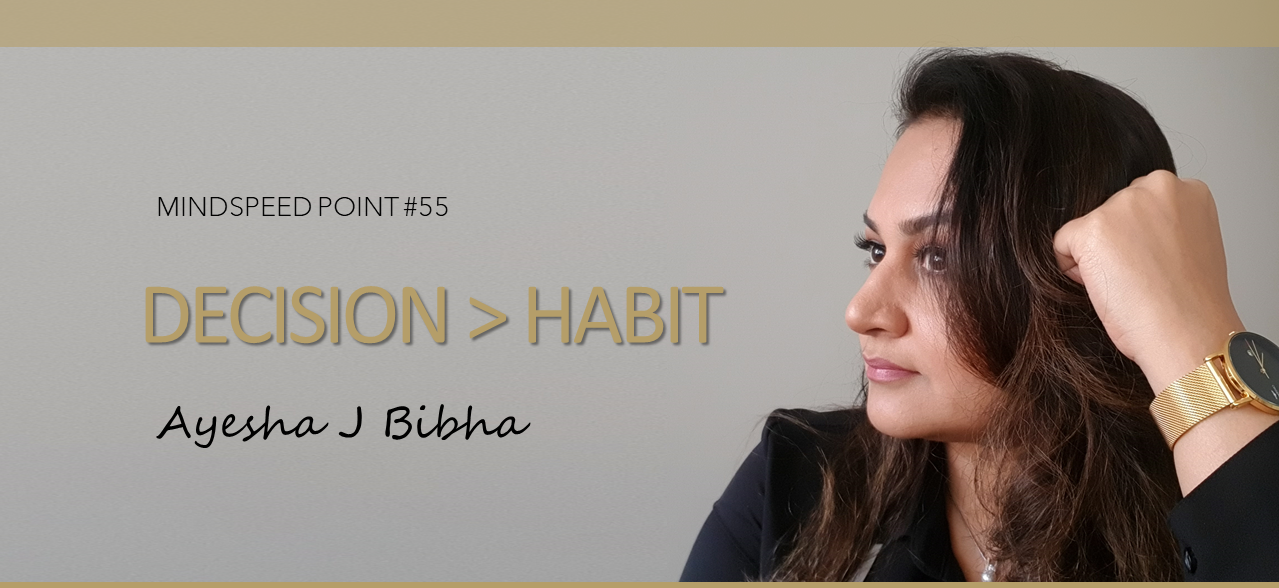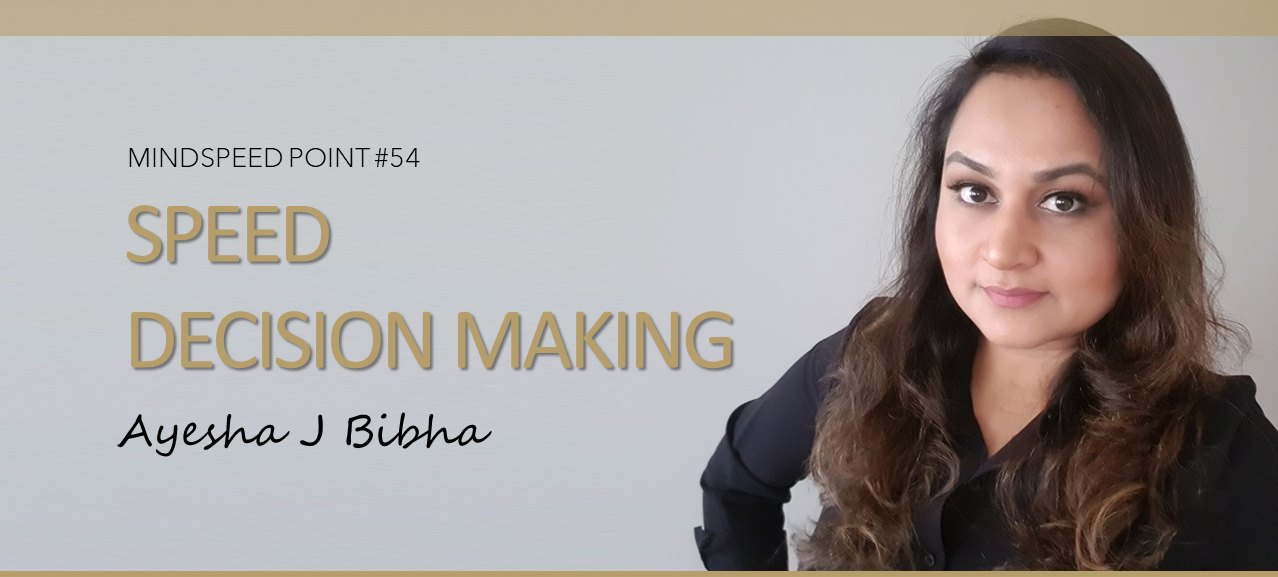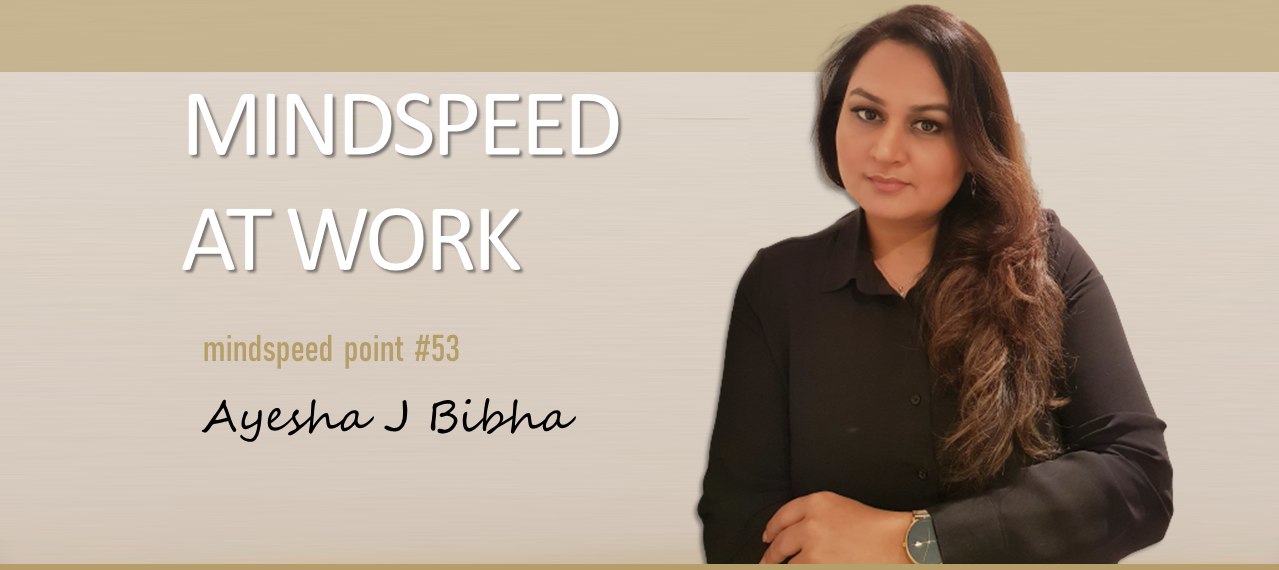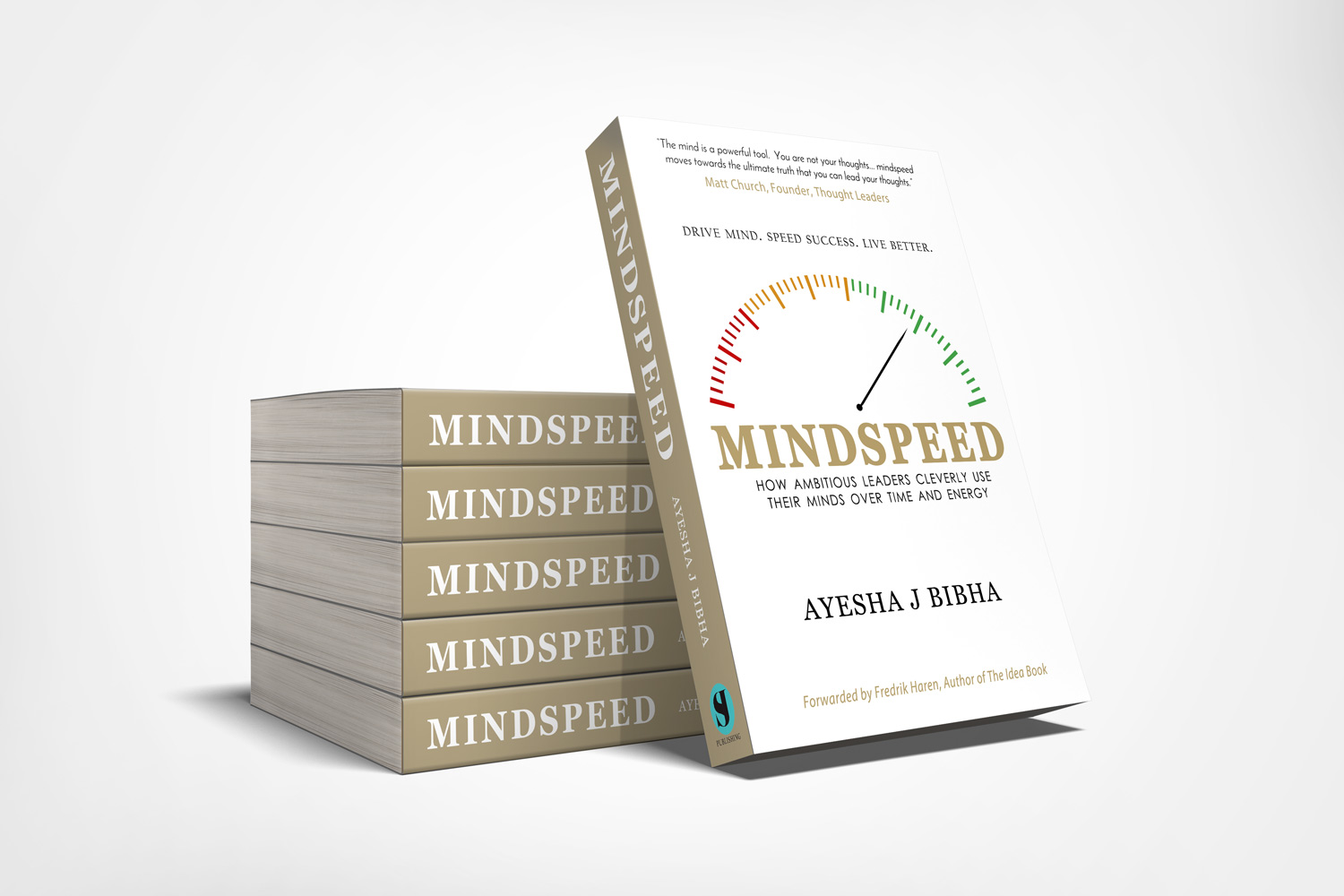Stative verbs are verbs that express states (i.e., conditions that exist), thoughts and feelings. And Mind as verbs describes our mental states: belief, think, doubt, fear, feel (think), know, understand, imagine, realize, recognize, mean, remember, forget, suppose, want, need, prefer, etc.[1]
In English, the word ‘mind’ can represent the brain itself, along with the essence of thinking, experience, behaviour, attitude and expression. The intention behind choosing this word is to make the topic easier to understand and bring relevance to your life. Focusing on the mind will generate more insights and allow you to implement your strategies for your strategic moves in life or work.
In my journey of life and learnings from my study, research, observations and through working with my speaking audience, coaching clients, mentoring participants and most importantly with myself, I found there are significant benefits of applying the knowledge of brain science. This experience has created in me a responsibility to share the insights that can help today’s leaders to use their minds better.
“Your brain works better when you are inspired to believe, and this makes everything you want to see happen on and around you more likely.” – Matt Church, Founder Thought Leaders
In recent years, the study of the mind has become the largest growing area of interest in leadership and performance circles. To create a basic understanding of brain science, let me give some ideas on this most complex and dynamic organ of the human body which produces our every thought, action, memory, feeling and experience of the world. It weighs in at around 1.4 kilograms and contains one hundred billion neurons.
According to the evolutionary stages in the womb, our brain is a combination of three major parts, known as the reptilian brain, mammalian brain and human brain:
– The reptilian brain is the oldest of the three. This part of the brain is responsible for our body’s vital functions such as heart rate, breathing, body temperature and balance.
– It is also called the brainstem and the cerebellum.
– The reptilian brain is reliable but tends to be somewhat harsh, rigid, sensitive and compulsive.
– The mammalian brain is known as the limbic system.
– This part of our brain is responsible for our feelings and emotions.
– It can record memories of behaviours that produced agreeable and disagreeable experiences, or in other words our positive and negative experiences.
– The limbic system is the brain part that includes the hippocampus, the amygdala, and the hypothalamus.
– The mammalian or limbic brain is the place where we make conscious or unconscious judgments which has a strong influence on our behaviour.
– In short, this is where we make meanings that make us unique to others.
– The human brain is known as the neocortex.
– It is the newest area of the brain which is responsible for the development of human language, rational, analytical and abstract thought, imagination, and consciousness.
– The neocortex is a flexible zone and has almost infinite learning abilities.
– It processes all facts and figures but does not drive our behaviour, actions and attitude

These are the three broad divisions of our brain and they do not operate separately or independently. There are numerous interconnections among these three parts through which they influence and interconnect to one another.
Now, to give some ideas on the technology behind neuroscience and leadership, I would like to refer to fMRI (or Functional magnetic resonance imaging) scans which measure blood flow and the EGG or electroencephalograms, which measure the brain waves. Using them both, it is possible to measure in which situations our blood flows to which part of our brain and what the state of the wave is. If we can understand this, we can also understand what our choices could be to make our blood flow to make a particular part of our brain more effective. For example, for better decision making and logical thinking, we need more blood flowing toward our thinking brain – the frontal lobe or neocortex.
In recent years, the study of the anatomy and physiology of the brain has given a new dimension to human thinking and behaviour. Technologies like fMRI, positron emission tomography (PET), and quantitative electroencephalography (QEEG) have amazingly helped researchers to find the link between our core physical organ (brain) with the pattern of our thinking, feeling, acting and perceiving. Based on the findings, the neuroscience of leadership professionals has made it clear that human thinking and behaviour don’t work the way they were once perceived. This area of study has also discovered the inherent practice of brain biases, even in successful organizations.
This book will focus on only three key major parts of our mind and they are highly relevant to the executive functions of our brain including decision making, emotion control and creating new habits.
1. Prefrontal cortex (read more in Part 1 Mindspeed)
2. Limbic System (read more in Part 2 Mindspeed)
3. Amygdala (read more in Part 2 Mindspeed)
The Prefrontal cortex is responsible for our executive function, and it’s known as our thinking brain. The Limbic System is responsible for our emotions. And the Amygdala, located in the middle of the limbic system, is responsible for the 3Fs (Fight, Flight, Freeze) responses. Besides the key parts, you may also find some discussion on mind functions among those who are involved in driving change and creating a memory.
Understanding the mind and the science behind it will help you to understand how to navigate and drive yours.
This book is more specific to creating awareness of your thinking, doing and feeling. As a result, you can be more creative, resilient, and agile in adversity, challenge and change. You will become more courageous in taking strategic moves for leading with lasting impact.
Mind = Think + Feel + Do
As a leader, we need to know how our mind works, by which I mean to understand the three basic functions of our mind:
- Functions of our thinking mind
- Functions of our emotional mind
- Functions of our learning mind
Understanding these three is vital as we make decisions, control our emotions, and create new learning connections to generate new experiences as well as change. Without creating new experiences, we can never create a new success milestone.
Onwards,
Ayesha

In this book, I am pointing to the people who are lead thinkers in their workplace, in their own business or in their own life. The key focus of the book is driving change to be the person that you want to become. It is backed by the neuroscience of leadership insights connected to social behaviours in the arena of self-leadership practices. In this ever-changing world, it is essential to stay stable, innovative and mindful with your own thoughts, time and energy. This book will challenge your leadership skills by adding more value to the way you think or act. You will become a more insightful, resilient, and agile leader.
If you would to join my mentoring session, DM or email me to book a discovery session.
———————————————————————————
Subscribe to the newsletter
Grab a paperback copy of the book
Listen to Speed of Mind TED talk

